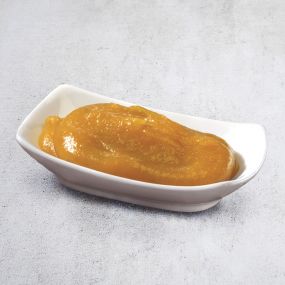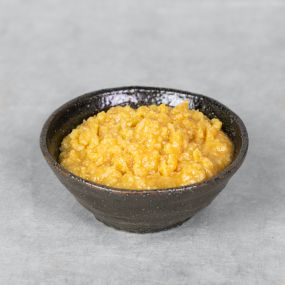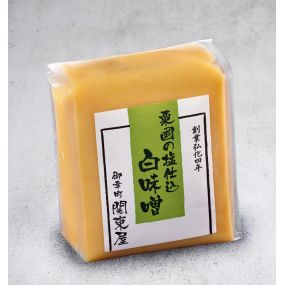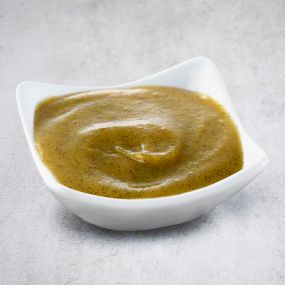Add to my wishlist "Kantoya sweet rice miso paste"
Select a wishlist to add this product
There are not wishlist.
This product has been added to wishlist.
View my Wishlists
This product has been added to your wish list.
Remove
This product was successfully removed from your wish lists.


Add to my wishlist "Kantoya sweet rice miso paste"
Select a wishlist to add this product
There are not wishlist.
This product has been added to wishlist.
View my Wishlists
This product has been added to your wish list.
Remove
This product was successfully removed from your wish lists.
€3.95
€39.50 / Kg
(11 reviews)
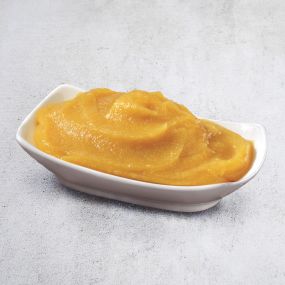

Add to my wishlist "Kantoya sweet rice miso paste"
Select a wishlist to add this product
There are not wishlist.
This product has been added to wishlist.
View my Wishlists
This product has been added to your wish list.
Remove
This product was successfully removed from your wish lists.
White Miso
This white miso paste real name is "tenpi-shio jikomi tokubetsu ginjo shiro-miso”. This is the most popular white miso from Kantoya. More about japanese miso paste <img alt="" src="/img/book_open.png"...
€3.95
€39.50 / Kg
(11 reviews)
Mixed items


Add to my wishlist "Kantoya sweet rice miso paste"
Select a wishlist to add this product
There are not wishlist.
This product has been added to wishlist.
View my Wishlists
This product has been added to your wish list.
Remove
This product was successfully removed from your wish lists.
White Miso
This white miso paste real name is "tenpi-shio jikomi tokubetsu ginjo shiro-miso”. This is the most popular white miso from Kantoya. More about japanese miso paste <img alt="" src="/img/book_open.png"...
Mixed items
€3.95
€39.50 / Kg
(11 reviews)



































